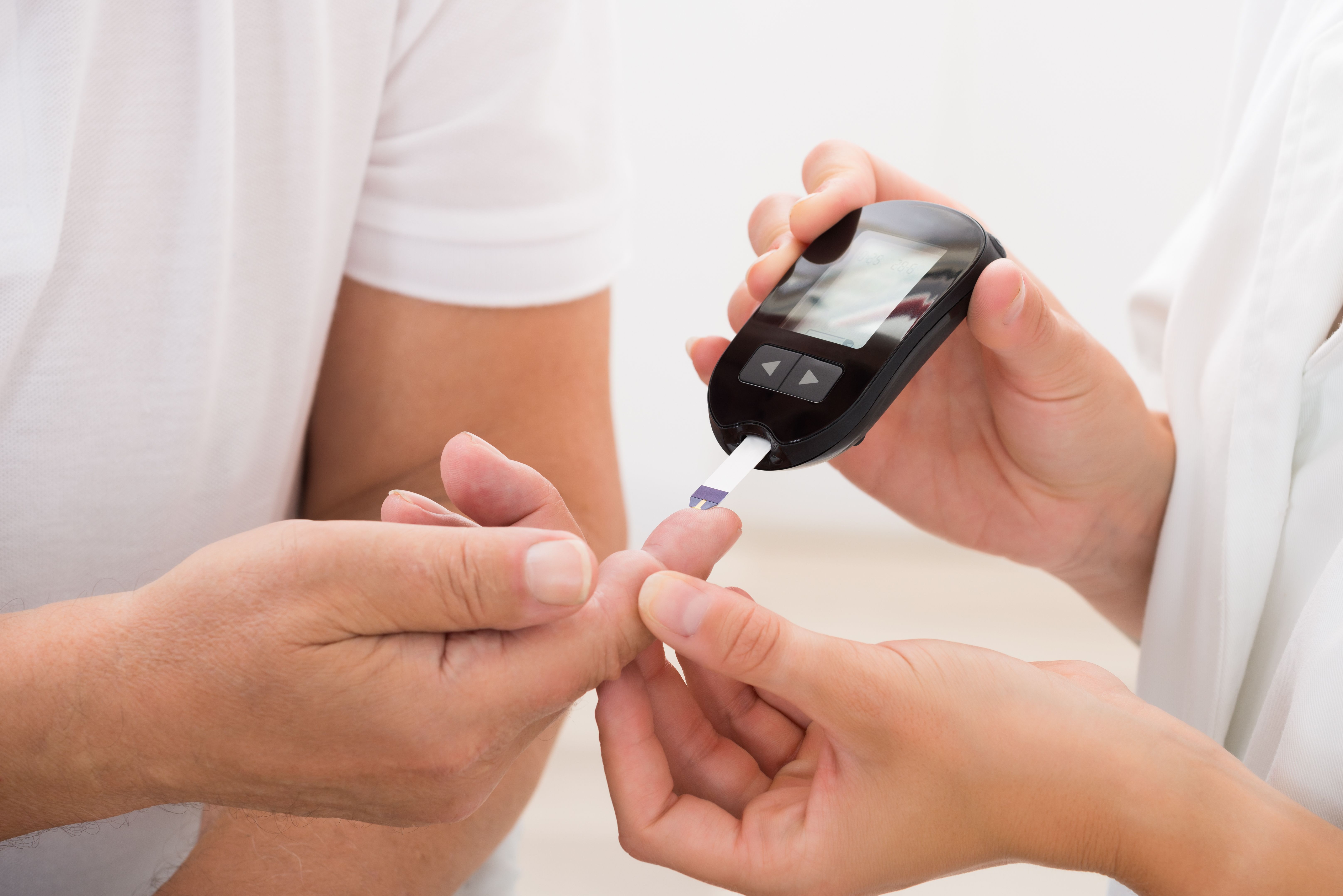Surface-enhanced Raman Spectroscopy: A Potential Tool for Early Diabetes Type II Diagnosis
SERS of centrifuged blood serum samples of diabetic type II patients using 50 KDa filter devices can diagnose the disease at an early stage by studying small molecular weight proteins.
A new study from researchers at the University of Agriculture Faisalabad and University of Education in Faisalabad, Pakistan has shown that surface-enhanced Raman spectroscopy (SERS) could be a promising tool for the early diagnosis and screening of biochemical changes during diabetes type II. The study, published in the journal Spectrochimica Acta Part A: Molecular and Biomolecular Spectroscopy, utilized SERS to study low molecular weight fraction (LMWF) proteins in blood serum samples of diabetic type II patients (1). The researchers employed 50 kDa filter devices to centrifuge the serum samples into LMWF and higher molecular weight fractions (HMWF), and found that SERS could detect biomarkers for the disease in the LMWF.
Doctor Using Glucometer On Patient's Finger | Image Credit: © Andrey Popov - stock.adobe.com

The study is important because early diagnosis of diabetes type II is difficult due to the presence of large amounts of HMWF, which suppress the contribution of LMWF proteins to disease diagnosis. The disease biomarkers are found in the LMWF proteins. The researchers were able to identify prominent SERS bands at 725 cm−1, 842 cm−1, 1025 cm−1, 959 cm−1, and 1447 cm−1, which correspond to small molecular weight proteins and helped to diagnose the disease at an early stage.
Small molecular weight proteins are potential biomarkers for the early diagnosis of type II diabetes. However, their contribution to disease diagnosis is often suppressed due to the presence of higher molecular weight fraction proteins in blood serum. Centrifugation of serum samples using 50 KDa filter devices produces two fractions, low molecular weight fraction and high molecular weight fraction, which can be studied separately. SERS can be employed to detect small molecular weight proteins and distinguish healthy and diseased samples.
In addition to identifying the biomarkers, the researchers used chemometric techniques, such as principal component analysis (PCA) and partial least square discriminant analysis (PLS-DA), to differentiate and classify blood serum samples. The researchers suggest that SERS can be employed for the early diagnosis and screening of biochemical changes during diabetes type II, which is a non-insulin-dependent diabetes and a major health problem worldwide. According to the International Diabetes Federation, an estimated 537 million individuals suffer from diabetes around the world, and the number is expected to rise to 783 million in 2045.
The long-term impact of diabetes type II can cause life-threatening complications and a reduction in life expectancy. The disease is usually diagnosed at later stages, causing many problems in treatment. Early diagnosis is critical for extending life, reducing complications, and improving treatment outcomes. The study shows that SERS has the potential to be an important tool for the early diagnosis of diabetes type II, which could improve the quality of life for those affected by this disease.
Reference
Ehsan, U.; Nawaz, H.; Majeed, M. I.; Rashid, N.; Iram; Ali, Z; Zulfiqar, A.; Tariq, A.; Shahbaz, M.; Meraj, L.; Naheed, I; Sadaf, N. Surface-enhanced Raman spectroscopy of centrifuged blood serum samples of diabetic type II patients by using 50KDa filter devices. Spectrochim. Acta A Mol. Biomol. Spectrosc. 2023, 293, 1224. DOI: https://doi.org/10.1016/j.saa.2023.122457
AI-Powered SERS Spectroscopy Breakthrough Boosts Safety of Medicinal Food Products
April 16th 2025A new deep learning-enhanced spectroscopic platform—SERSome—developed by researchers in China and Finland, identifies medicinal and edible homologs (MEHs) with 98% accuracy. This innovation could revolutionize safety and quality control in the growing MEH market.
New Raman Spectroscopy Method Enhances Real-Time Monitoring Across Fermentation Processes
April 15th 2025Researchers at Delft University of Technology have developed a novel method using single compound spectra to enhance the transferability and accuracy of Raman spectroscopy models for real-time fermentation monitoring.
Nanometer-Scale Studies Using Tip Enhanced Raman Spectroscopy
February 8th 2013Volker Deckert, the winner of the 2013 Charles Mann Award, is advancing the use of tip enhanced Raman spectroscopy (TERS) to push the lateral resolution of vibrational spectroscopy well below the Abbe limit, to achieve single-molecule sensitivity. Because the tip can be moved with sub-nanometer precision, structural information with unmatched spatial resolution can be achieved without the need of specific labels.